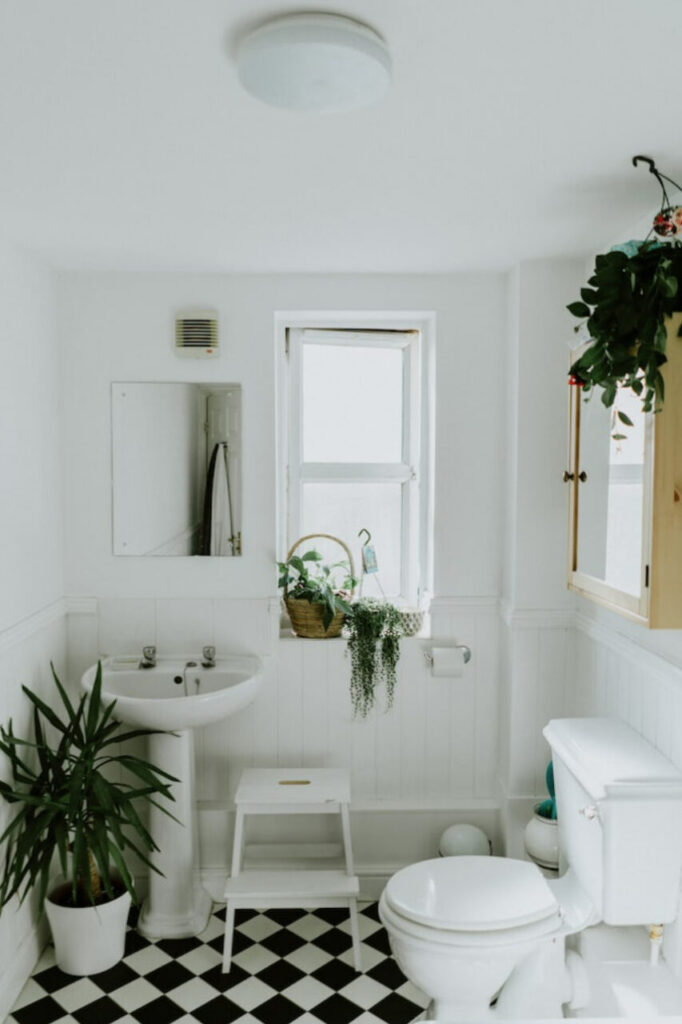
Kitchen or bathroom renovations are among the most popular home improvement projects. But the cost of renovating these two rooms is also the highest. Most of us put this renovation on some sort of “one day wish list” while in the meantime we daydream while browsing Pinterest.
Fortunately, you don’t have to do a full scale renovation to make that old bathroom feel new, look fresher, and look more stylish.
Here’s how to make an outdated bathroom feel fresh:
Read More



